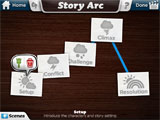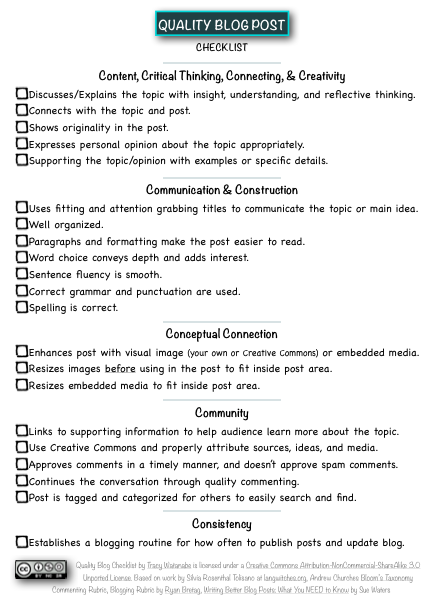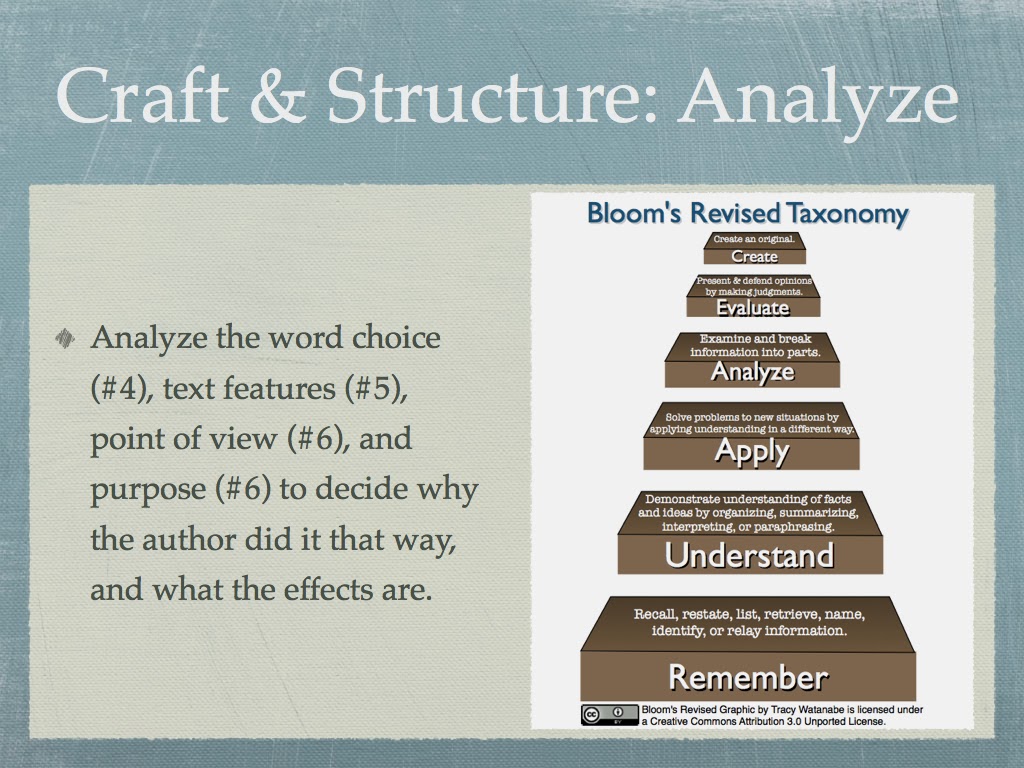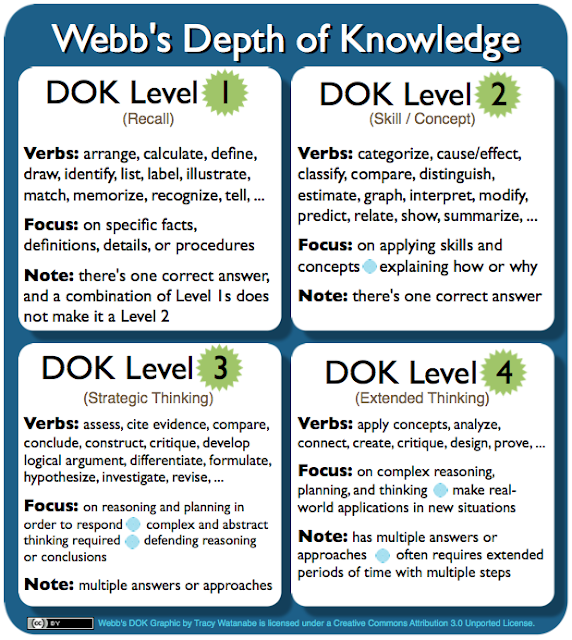Digital Storytelling and Stories with the iPad
Benefits
Here are some of the many benefits of digital storytelling and digital stories:
- The 21st century skills and ISTE's NETS applied are critical and creative thinking; written, oral, and digital communication; collaboration; authentic learning; digital fluency; informational fluency; and project management.
- It is great differentiation for all students including ELL, gifted, and special needs.
- It increases student engagement in a meaningful and relevant task.
- It can be used as an authentic assessment.
Common Core Standards
Many specific content standards can be addressed through digital stories. Here are some of the Common Core Standards that digital storytelling and digital stories address:
- CCSS.ELA-Literacy.CCRA.W.6 Use technology, including the Internet, to produce and publish writing and to interact and collaborate with others.
- CCSS.ELA-Literacy.CCRA.W.3 Write narratives to develop real or imagined experiences or events using effective technique, well-chosen details and well-structured event sequences.
- CCSS.ELA-Literacy.CCRA.SL.4 Present information, findings, and supporting evidence such that listeners can follow the line of reasoning and the organization, development, and style are appropriate to task, purpose, and audience.
- CCSS.ELA-Literacy.CCRA.SL.5 Make strategic use of digital media and visual displays of data to express information and enhance understanding of presentations.
- CCSS.ELA-Literacy.CCRA.SL.6 Adapt speech to a variety of contexts and communicative tasks, demonstrating command of formal English when indicated or appropriate.
- CCSS.ELA-Literacy Language.6.3b Maintain consistency in style and tone.
- CCSS.ELA-Literacy Language.3.a Choose words and phrases for effect; and, L.4.3a. Choose words and phrases to convey ideas precisely.
Types of digital stories and some prompts
Digital storytelling and stories can take shape as a:
- Short Story: This narrative shares an insight, a perspective, or an entertaining story.
- Myth, Legend, Tall Tale, Folk Tale, or Fable: While each of these are a little different from one another, they tend to describe origins, values, beliefs, accomplishments, or special events.
- DocuDrama or Historical Storytelling: This digital story is told from the point of view of a person (or object) in a different era. It requires researching a time period, then using creativity to have those facts come to life.
- Describe and Conclude or Reflective Storytelling: Tell about something you're learning and the impact it has on you.
- Public Service Announcement, Advertisement, or Persuasive Story: This digital story has the purpose of calling others to action for or against something else.
 |
| These prompts were inspired by Bernajean Porter's Digital Storytelling Across the Curriculum |
Step 1: Writing the script and planning the project
 |
| Click to download |
- Prompt: I'd choose one prompt to introduce the process of digital storytelling to students. I might even do the first one as a whole group with parts and roles shared by the students. (Here's the first try from a second grade class and a Kindergarten student). As our class becomes confident with the process and media, I'd open it up to more choices and smaller groups/individual productions.
- Graphic organizer: The type of graphic organizer (storyboard) I choose depends on the prompt they'll use.
- Teaching about the writing: Teach the importance of first person for adding spice to the story; share an interesting problem, perspective, or insight; and use strong word choice to convey the message.
Step 2: Production, apps, and digital tools
- Choose the app: When I am introducing the digital storytelling process to classes, I choose the app for them to use. Once the process is established and they have a toolbox of apps (or sites) to use, I give them a choice in tools.
- Images and Creative Commons: Have students create their own images, take their own photos, or find photos that have Creative Commons Licenses and have them properly cite the photo either on the same page as the picture or at the end.
- Background music and Creative Commons: If there is not music to choose from on the app or site, then find music that is legal to use in your video. I select music from the list suggested by Creative Commons. However, background music is not a necessity, especially if it's new to the class.
- Production: Before production, I treat this part of the process much like I would the rough draft of a writing assignment with editing and revising. Here's where the mini-lessons come in about voice, word choice, etc. I like to conference with my students to make sure they are ready for production, then I allow them to start once they've gathered all of the photos and music (optional).
I'm highlighting five apps appropriate for various ages and for beginners (with integrating the iPads and/or are new to digital storytelling). These apps are also currently free.
- Fotobabble: The Fotobabble app makes narrating and editing a single photo easy. Once it is saved on the iPad, it can be opened at the desktop site and shared with others via the embed code on a website/blog or by the URL. The drawback is it only allows one image. Therefore, if the student wants to show more images, a collage of images can be created.
 Toontastic is a cartoon storyboard for recording digital stories. This is a great app to apply creativity, speaking and listening, with narrative elements. With this app, once you tap Done, it has the
"Share this cartoon online on ToonTube" checked. To utilize this, create an
account from the iPad. You'll get an email from Toontastic for everything created in Toontastic on your iPads (if you log into them on the iPads), and you'll give the final approval to publish their creations. On that page, there is also an embed code for your blog/website (and options to email, Tweet, or share it on
FaceBook).
Toontastic is a cartoon storyboard for recording digital stories. This is a great app to apply creativity, speaking and listening, with narrative elements. With this app, once you tap Done, it has the
"Share this cartoon online on ToonTube" checked. To utilize this, create an
account from the iPad. You'll get an email from Toontastic for everything created in Toontastic on your iPads (if you log into them on the iPads), and you'll give the final approval to publish their creations. On that page, there is also an embed code for your blog/website (and options to email, Tweet, or share it on
FaceBook).
- Educreations is an interactive whiteboard that can be used for digital storytelling by adding pages to the presentation and inserting photos (or drawing your own). Educreations is an iPad app that can also be accessed from your browser. Once saved on the iPad, it will save to the account created which gives an embed code for the Web and the URL.
- StoryKit: This is an easy app to use. Here you have the option to "Share." Once you click share, you will Send story link by email. If the email is not set up, you can still copy the link and paste it into Gmail if you log on through the Internet (Safari). Even though I don't see an embed code, you can still share on a website/blog by taking a screenshot of the cover of the story, then place a link in the comment (or make the photo itself a hyperlink) to take your readers to your story.

- Storyrobe: This app walks you through the steps to create a digital story. When you are done creating, you can save it to the photo album, share it to YouTube, share on Storyrobe, or send through an email as a MP4. If YouTube is blocked at your school, I recommend importing the MP4 to Vimeo or Capzles.
More resources
- Bernajean Porter created a list of apps with more options.
- Silvia Rosenthal Tolisano created a list of more resources for both the iPad and desktop computer.
- Alec Couros has resources and examples posted on his Open Thinking Wiki.
Step 3: Publishing and connecting with an authentic audience
Celebrate their creations by sharing with others.
Building an authentic audience to view the digital stories is powerful for students. They are no longer creating a project just for the teacher -- it's for their families, friends, and people around the globe.
Each of the apps listed above have a description for sharing on the Internet. Emails can be sent to parents with the URL for where the digital story is published (or through the RSS subscription for the class blog). When shared on a teacher's blog, a Tweet can also be sent through Twitter asking for comments on their work by adding the hashtag #comments4kids. If your school has a FaceBook account, share the link there.
Reflection, evaluation, and rubrics
Providing specific feedback along the way with daily goals is part of the process. Self-evaluations using the scoring guides or rubrics are strong formatives for the students to target their next steps.
Formal or informal student reflection is part of the process. It's important that a positive class atmosphere is established for this step.
- Asking reflective questions: Have partners share their work with one another and ask them, "What parts or images captured your interest or attention?"
- Wows and Wonders Gallery Walk: Have students walk around to visit peers' work and give them sticky notes to leave a specific "Wow" or a praise and a "Wonder" statement.
- Scoring Guide: Bernajean Porter has a robust scoring guide for digital storytelling.
- More rubrics: Kathy Schrock has a plethora of resources listed with rubrics to pick and choose from.
- Create your own rubric: If you end up creating your own rubric, remember to focus on your content standards the most with only a little emphasis (if any) on the technology piece.
Final thoughts
Digital storytelling is fabulous for content learning, 21st century learning, and active engagement. If task predicts performance, then my money is on digital storytelling.
- What apps or digital resources would you add to this list?
- What tips or questions would you add to this conversation about digital storytelling?
- How else does this post connect with you?





This was an excellent post, which I plan to share with teachers in my Integrating Technology and Literacy course. Thank you. We do a unit on digital stories and digital storytelling. Wish we had more time to spend on the topic in the course. So many resources, tools, and possibilities for integrating digital stories in the classroom while meeting curricular goals. I am about to create a blog post about your post.
ReplyDeleteHi Judy,
DeleteSo glad you can use it. That's fabulous that you're teaching a college class on Tech and Literacy! I applaud teacher prep that includes integrating tech, especially when it's part of a content class rather than as a separate class. Do you think if teachers learn how to teach the content along with the tech integration, they are more likely to actually integrate it in the classroom rather than viewing it as an add-on or not seeing the incredible potential it has for learners? -- That reminds me of a quote by Chris Lehman: "Technology should be like oxygen: Ubiquitous, necessary, and invisible."
I look forward to visiting your post.
Kind regards,
Tracy
Hi Tracy,
ReplyDeleteThe course entails implementing exactly what we are doing in the classroom. For instance, the teachers implement a literacy project, with their students taking the lead. Their students can create digital stories using a variety of tools, but the stories relate to what they are learning in the classroom. Often the stories are motivated by a book the students are reading.
A course-long project is blogging, and several of the teachers already have their students, grades 1-6, blogging with KidBlog. They even have their classes blogging with one another.
We have been following blogs written by other classes. For instance, we did an extended project with one teacher following his five classes, grades 7 and 8, reading and posting to the students' blogs. Then in reverse, one of my sections set up their own KidBlog, and the 7th and 8th graders responded to the teachers' blogs.
Overall, the course is an eye-opener for many. Still, there is a lot to cram into one course, but overall we all learn from one another, sharing our blogs, creating a class wiki, showing digital stories made in the teachers' classrooms by their students, and so forth. The teachers also learn about social bookmarking, moving beyond Pinterest to use Diigo, and set up a RSS with Google Reader. They are now following many teachers' blogs with Google Reader, and I will tell them about yours.
Yes, Lehman's quote works. The teachers are getting the point.
I will keep you posted once I get the blog post up connecting to your post. Some fo the teachers have iPads in their classroom, but many are teaching with bare minimum resources. Still, now that they are taking the course, they are using what they have to maximum and bringing their own laptops and iPads to their class, so students get more access.
Good connecting with you, and will keep in touch.
Judy,
ReplyDeleteYou are doing fabulous work with your teacher students to prepare them to create student-centered learning environments with the resources available to them. -- You inspire me!
Kind regards,
Tracy
Hi Tracy,
ReplyDeleteThis is awesome! I was planning on having my students paint pictures and write poems next week. I think I'll start simple with them using fotobabble to share their poems.
Thanks!
Amber
Hi Amber,
DeleteGreat idea! Hope it's a success.
Regards,
Tracy
Thank you so much for sharing this. I do digital storytelling in my classroom and have been struggling with finding a way to make it work on the iPad (which are showing up more and more in my classroom). I have some sample rubrics and instructions on my own blog (not specifically directly at the iPad but still useful). If you or your readers are interested, please check them out!
ReplyDeletehttp://indianajen.com/tag/digital-storytelling/
Thanks for sharing your resources with us!
DeleteRegards,
Tracy
Here's an idea from Dr. Lori Wilfong about creating a readers' theater for vocabulary words.
ReplyDeleteDigital storytelling has become quite popular among teachers,caregivers and other personnelwho are working with learners in this digital age. However, according to one writer it is "not a new concept" (Robin,2009). Digital storytelling began since the early 1990s in the state of California by a man named Joe Lambert.
ReplyDeleteMany teachers feel that digital storytelling is an effective instructional tool for them as it can be used to motivate and engage students in learning experiences. In addition, digital storytelling can help students with communication, organizationaland research skills.
But as yet,I do not think there is any empirical evidence to prove the effectiveness or impact on student achievement.(correct me if I'm wrong). Just as there is research data on learning theories there should be some kind of scientific evidence highlighting the effects of this technological tool in the twentifirst century classroom.( I am not taking away the benefits of the tool)Recently, policy makers have been asking to see data that drives instruction in the classroom,and since digital storytelling is being used in the classroom then there should be some data proving its effectiveness on student achievement.
Hi Hazel,
ReplyDeleteI applaud your comment. While there is a lot of research about differentiated instruction, you've raised a great question about digital storytelling. Technology here allows the audience to not be limited by time and space. The power of an authentic audience on the learner also has a strong impact.
One might argue that the experience of using technology and the power of authentic audience will engage students, thereby increasing student achievement. I personally don't see that making enough of an impact though. It's not the technology tool or creating a story to publish online that impacts the learner -- rather, it's the strength of the task. I think about the four quadrants of this Learning Activity Checklist, and try to have all four represented (not every single item, just a balance between the four quadrants).
Another way to think about the quality of the task it is the Hess Matrix.
The bottom line is digital storytelling is an improvement from a worksheet or a bubble in test.
Kind regards,
Tracy
I would like to add Jackie Gerstein's post as a compelling argument for storytelling.
DeleteI just learned about a free app called Mooklet from Bernajean Porter during an ISTE SIGDS webinar.
ReplyDeleteHere's another list of iPad Apps for digital storytelling.
ReplyDeleteI've updated this post. You can view it here.
ReplyDelete